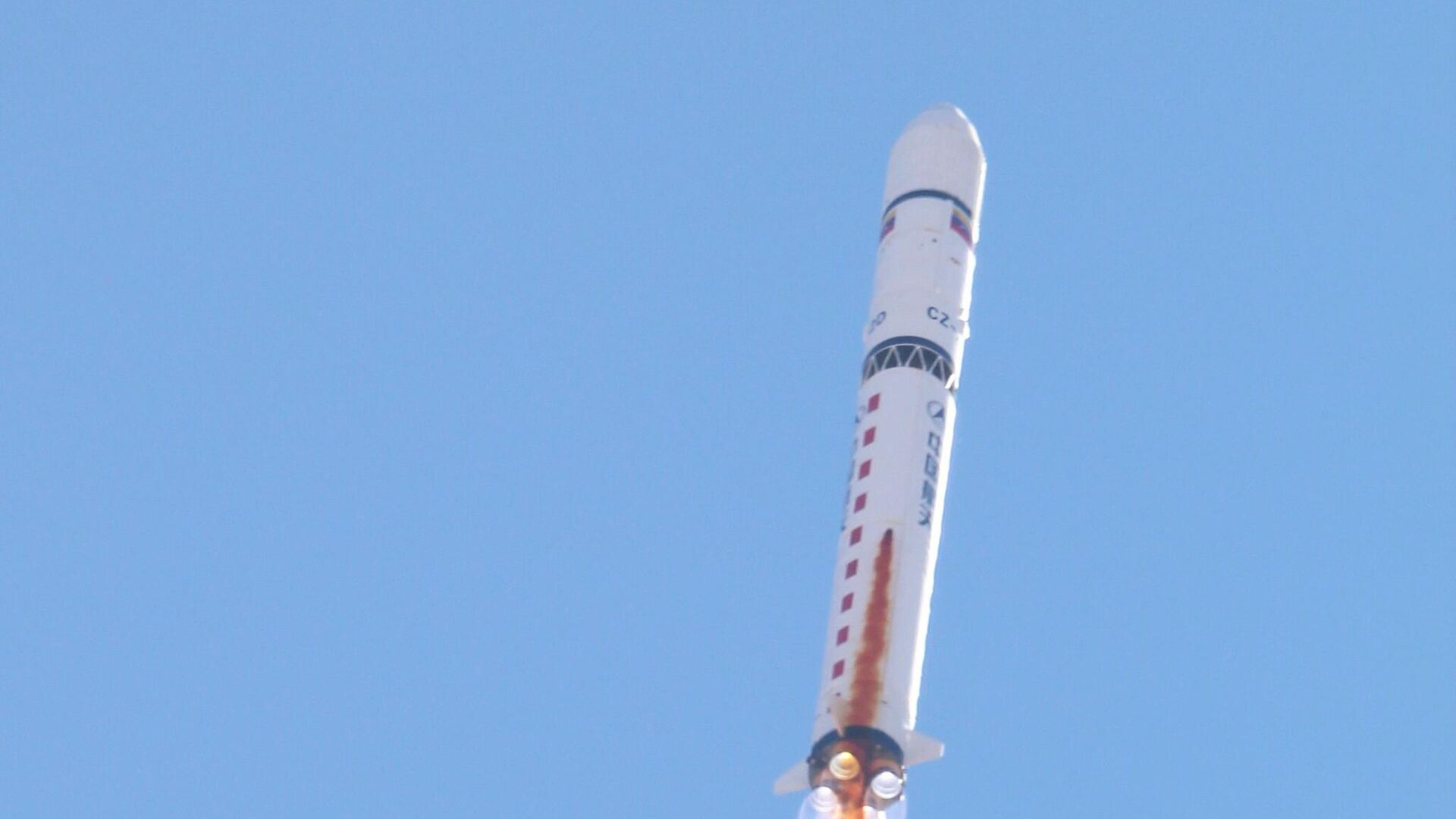To Infinity & Texas: Chinese Rocket Leftovers Fall to Earth Above Lone Star State
Subscribe
According to the Combined Force Space Component Command, there are currently 32,750 tracked manmade objects in space, most are considered ‘space junk.’ However, the agency is only capable of tracking objects larger than 50 centimeters, millions of smaller objects are estimated to be in Earth’s orbit.
Newly surfaced reports have detailed that the remains of the second stage of a Chinese rocket fell to earth on Tuesday, disintegrating in the atmosphere above Texas.
It is not known at this time if any debris touched down but none has been recovered as of yet; however, area military specialists are searching an area miles wide and hundreds of miles long. No injuries or damage have been reported.
The object was the second stage of a Chang Zheng 2D rocket. The rocket was reportedly launched on June 23, 2021, and carried three military surveillance satellites meant for use over the South China Sea. It is capable of carrying up to 8,000 pounds into low Earth orbit.
Defense Officials told the US Naval Institute, who first reported on the rocket’s descent, that the debris was traveling at roughly 17,000 miles per hour when it fell to Earth.
The descent was not planned, according to officials, though the object was being tracked by the North American Aerospace Defense Command and was considered space junk.
"US Space Command can confirm the People’s Republic of China CZ-2D Rocket Body, SCC# 52910, reentered the Earth’s atmosphere over the southern region of North America at approximately 8:30 pm [Mountain Time] on March 7, 2023,” SPACECOM said in a statement. "This was an uncontrolled reentry, meaning it was not steered but rather its orbit decayed and lowered naturally. This type of behavior reinforces the need for better international norms regarding high-risk uncontrolled reentries."
China has been criticized for its handling of space junk recently. In August, a Long March 5B Chinese rocket launch spread debris over the Indian and Pacific Oceans. NASA administrator Bill Nelson accused China of “failing to meet responsible standards regarding their space debris.”
Nelson also accused China of not sharing “specific trajectory information” that would help NASA determine where space junk would fall.
“All spacefaring nations should follow established best practices, and do their part to share this type of information in advance to allow reliable predictions of potential debris impact risk, especially for heavy-lift vehicles, like the Long March 5B, which carry a significant risk of loss of life and property,” Nelson said in a statement. “Doing so is critical to the responsible use of space and to ensure the safety of people here on Earth.”
However, according to China Daily, the China Manned Space Agency’s website published daily updates on the rocket. An aerospace industry observer told the outlet that the US must have been able to use that data to determine the debris trajectory.
In April 2021, China launched a robot prototype that was capable of catching space junk with a large net. Then in 2022, a different Chinese satellite grabbed a dead satellite and threw it into a “graveyard” orbit where it is less likely to collide with spacecraft.



